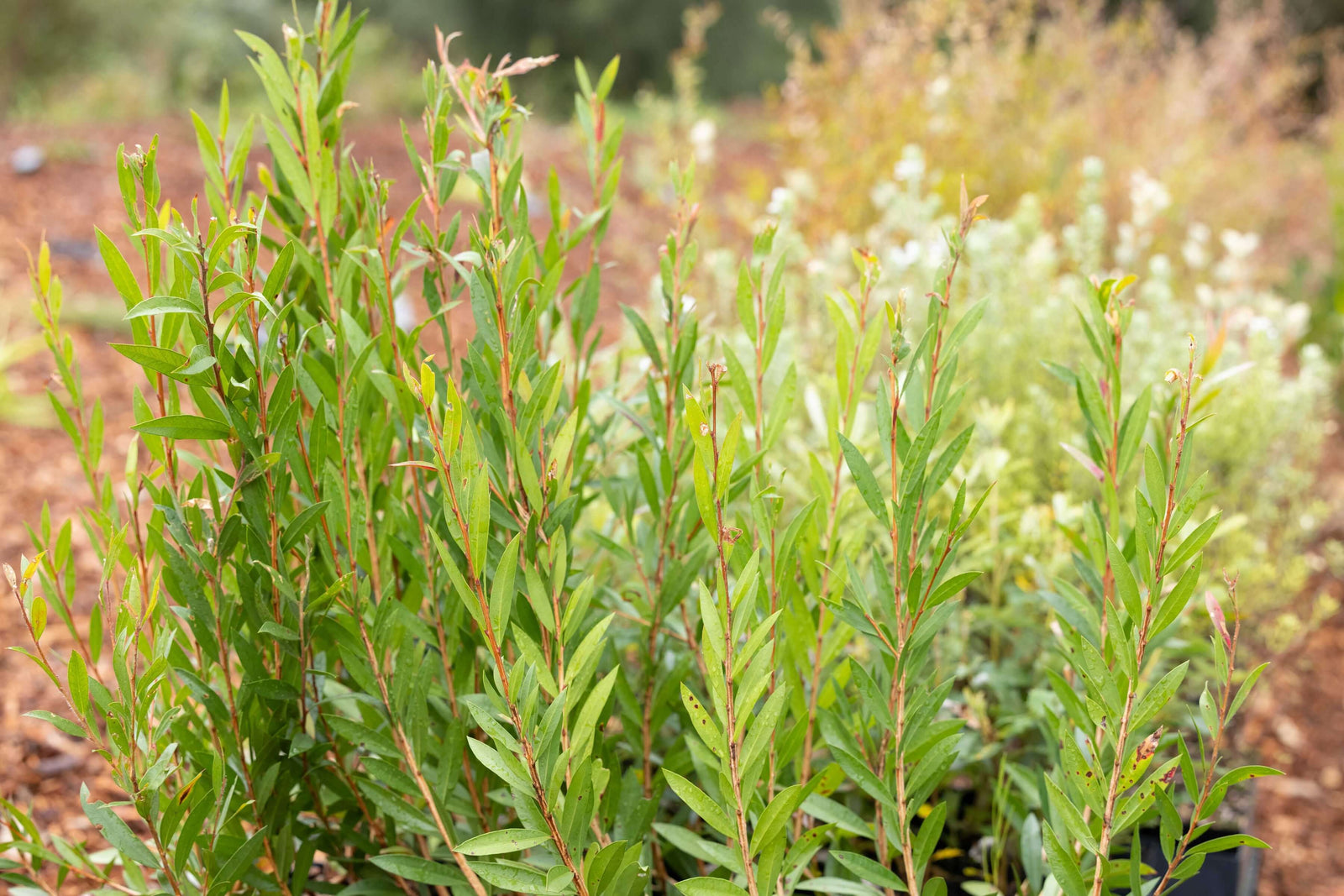In July 2022, Minister for Environment Tanya Plibersek released the 2021 State of Environment Report. It provided a stark assessment of the health of Australia’s landscapes, wildlife, and ecosystems.
Greenfleet and our supporters are already taking steps to improve environmental outcomes aligned with the priorities outlined in the State of Environment Report. Though there is still much work to be done to preserve Australia’s unique environment, we can continue to grow hope by taking action. The changes we make now can make a difference into the future.
What Is The State Of Environment Report?
The State of Environment Report is a comprehensive assessment presented to the government every five years. It helps shape policies and behaviours relating to Australia’s environment. Each report is informed by the findings of multiple scientists, researchers and field experts to help us and the government understand the state of and trends in our environment.
What Does The 2021 State Of Environment Report Say?
Unfortunately, the 2021 report found that there have been further declines in the health of our environment.
There are many factors that have contributed to this deterioration including climate change, the devastating impacts of the 2019/2020 Black Summer Bushfires, and environmental pressures including land clearing, the presence of invasive species and drought.
The Key Findings Include
- Environmental decline impacts all Australians. Our health, living standards and connection to Country are interconnected and can all be negatively impacted by our environment deteriorating. The report found that social and economic impacts are already apparent.
- Australia has recorded more mammal extinctions than any other continent and an additional 202 species have been listed as threatened since the 2016 report.
- Australia now has more introduced plant species than natives and almost half the country is now being used for grazing and the clearing of forests continues. Changes in the way we use our land is also impacting the health of our soils.
How Greenfleet’s Work Addresses These Environmental Issues
Greenfleet plants native, biodiverse forests in Australia to remove carbon from the atmosphere on behalf of our supporters. This work also has important benefits that extend beyond offsetting carbon emissions. The legally protected forests that Greenfleet restores are already contributing to improving the issues identified in the report.
Here are some of the ways that Greenfleet’s work is improving the health of our environment.
Restoring Biodiversity
Greenfleet restores forests by planting native and endemic species to create biodiverse ecosystems. Our Revegetation Team take special care to plant species that are traditionally found in the regions in which we work so that we can recreate the forests that existed prior to land clearing. Our forests are legally protected for up to 100 years, which means we are ensuring the establishment of critical native ecosystems through our work.
Building Habitat For Wildlife
Greenfleet forests create and extend habitat for local wildlife species including many rare and endangered ones. Sadly, the conservation status for Greater Gliders was recently upgraded to Endangered. Greenfleet has several projects already activity restoring habitat for Greater Gliders and one of our 2022 projects on Wurundjeri Country in Victoria’s Kinglake will build additional habitat for these animals.
Another finding in the report is that koalas are now considered Endangered in much of the country. Last year alone, Greenfleet planted 120 hectares of legally protected koala habitat. In South Gippsland we are extending habitat for the region’s Strzelecki Koala population through multiple revegetation projects, and we have seen their return to trees planted only 6 years ago. This region is also home to the rare Giant Gippsland Earthworm and many other native species.

Working With First Nations People
The report recognises the importance of working with Aboriginal and Torres Strait Islander people in caring for and healing Country. It calls for the respectful use of indigenous knowledge to lead positive change, and Greenfleet strives for this throughout our work. We understand that Aboriginal and Torres Strait Islander people have cared for this land for tens of thousands of years and as the Traditional Custodians of Country, their knowledge is critical when it comes to healing it.
Greenfleet works closely with Traditional Owners to restore land and help build native forests. We are working with the Dja Dja Wurrung people in Central Victoria and Kabi Kabi people on the Sunshine Coast in Queensland restoring Country through native revegetation projects.
What Happens Now?
This report will be used to guide government policies and decisions relating to our environment. Environment Minster, Tanya Plibersek has said that there is immediate work to be done to improve environmental laws and plans to introduce an Environmental Protection Agency to parliament in 2023.
With climate change continuing to increase pressure on our environment, there are also steps we can each take to reduce our own environmental impacts.
You can read the full State of Environment Report here and find out more about taking climate action with Greenfleet here.





